Tackling superbugs and the antibiotic crisis with ROTOR+
Eric Brown. McMaster University, 1280 Main St. West, Hamilton, ON, L8S 4K1
It’s really in the last 100 years or less, that we’ve have had the upper hand on infectious pathogens like bacteria. We’ve been able to just eradicate infection at will, it’s a real blip in our timeline as human beings. However, bugs have a very clever survival strategy which involves relatively high rates of mutation and the acquisition of foreign DNA that allows them to adapt and survive in the presence of a variety of drugs. When this process carries on through multiple exposures to many different drugs, you wind up with a superbug, which is resistant to all kinds of drugs.
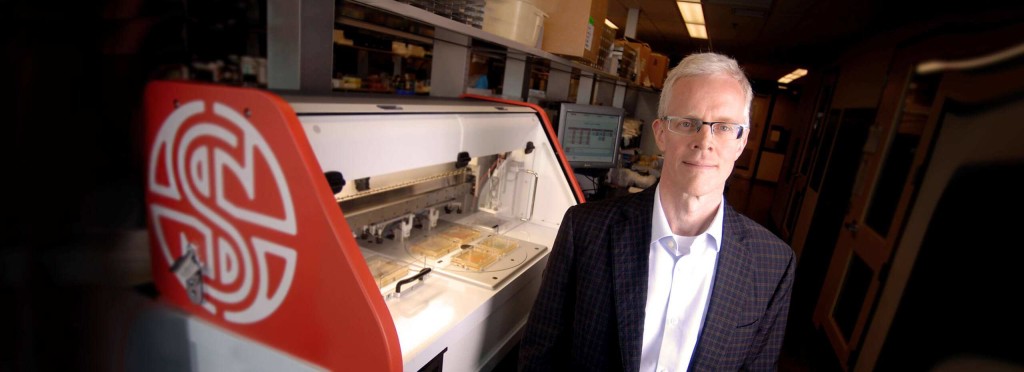
In fact, there are situations, such as Pseudomonas infections, where clinicians are really challenged in their ability to use any antibiotics with any effect. So, you end up with patients who are just helpless to infection. It’s going to take some real diligence, and I dare say vigilance, to make sure that we stay a step ahead of the microbes.
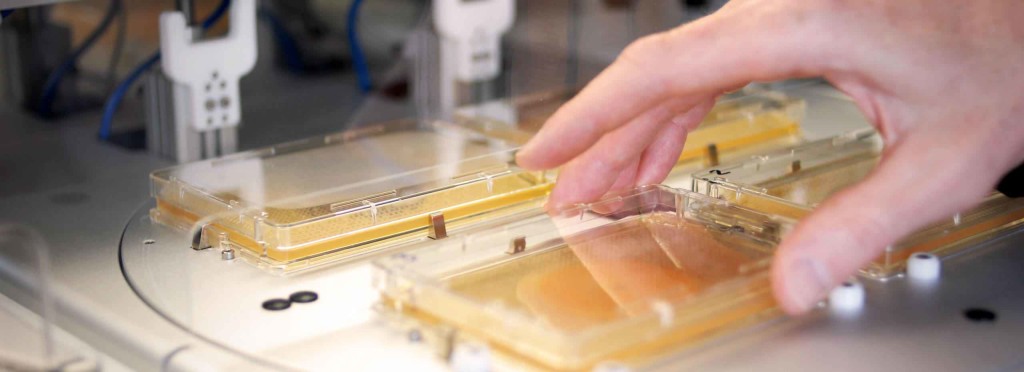
The antibiotics crisis is a tremendously important problem. If you look back to the history of antibiotics, not many new efficacious antibiotics have been discovered. In fact, the last mechanistic class to be discovered was really daptomycin, which was in the late 80s. Despite the incredible advances in biomedical research in the last 10-15 years, there’s been a slump in the area of antibacterial drug discovery. I think there’s certainly lots of room for innovation there.
Case Study: Tackling superbugs and the antibiotic crisis with ROTOR+
Being on the lake in my sailboat is certainly one of my favourite ways to spend summer days. There is nothing to do but just optimize your point of sail, and feel the wind in your face. The time on a sailboat is a premium thinking time for me.
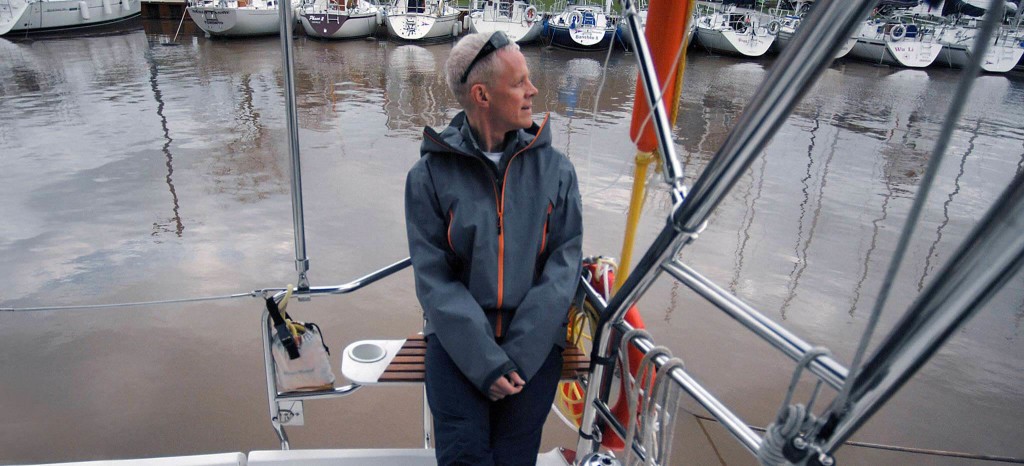
In my group, we are really concerned with how antibiotics are discovered. Our focus is to unravel the complex biology of microbes with the ultimate aim of trying to elucidate systems we can manipulate to the detriment of drug-resistant superbugs. The overriding idea is that can we come up with new agents or probes that not only allow us to understand the biology but may also be leads for new antibacterial drugs.
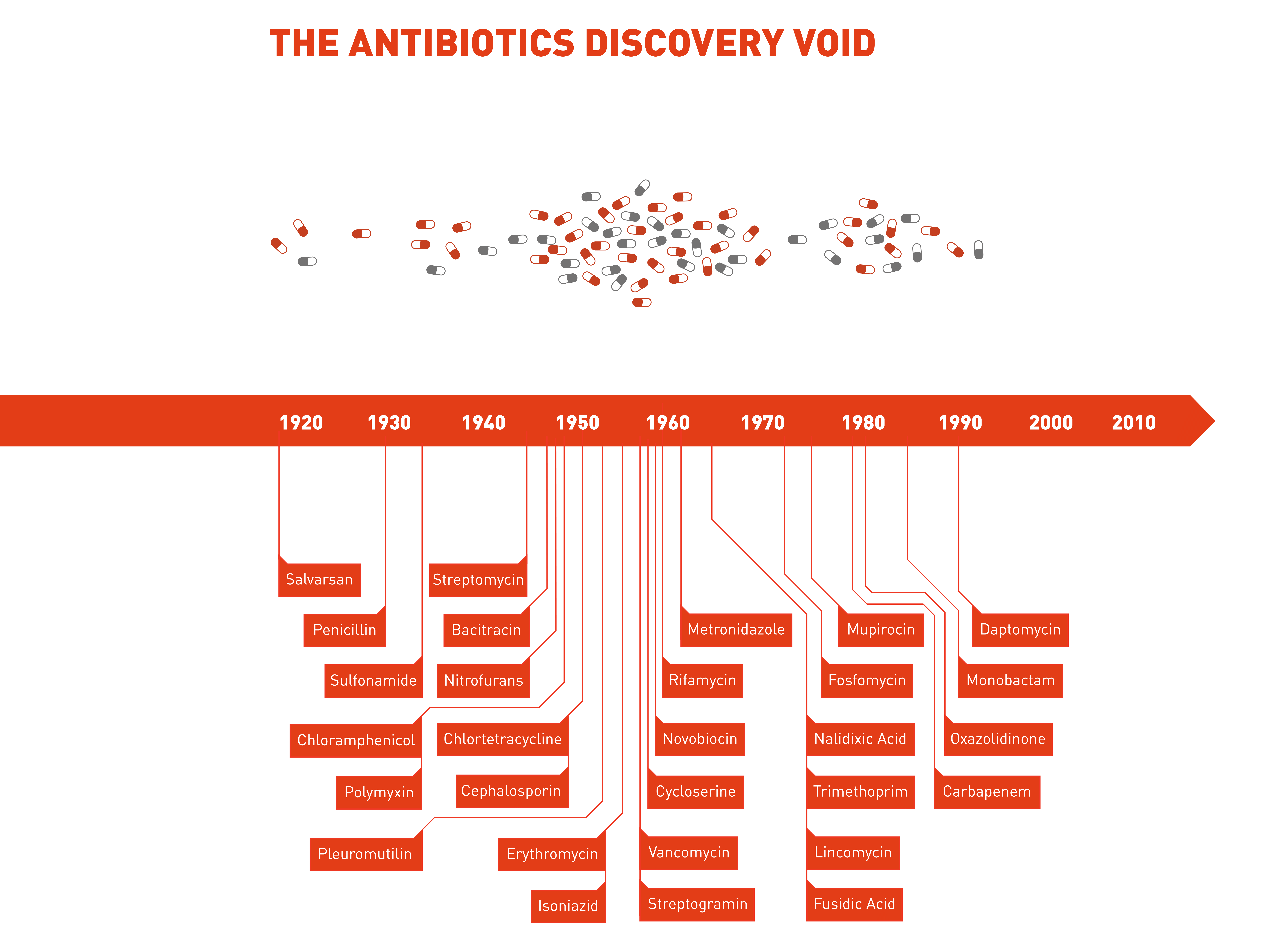
Certainly, we’re not interested in treading into territory where lots of other people have been. We are known for having crazy and unthinkable ideas. We try to do things and look into places that pharmaceuticals haven’t.
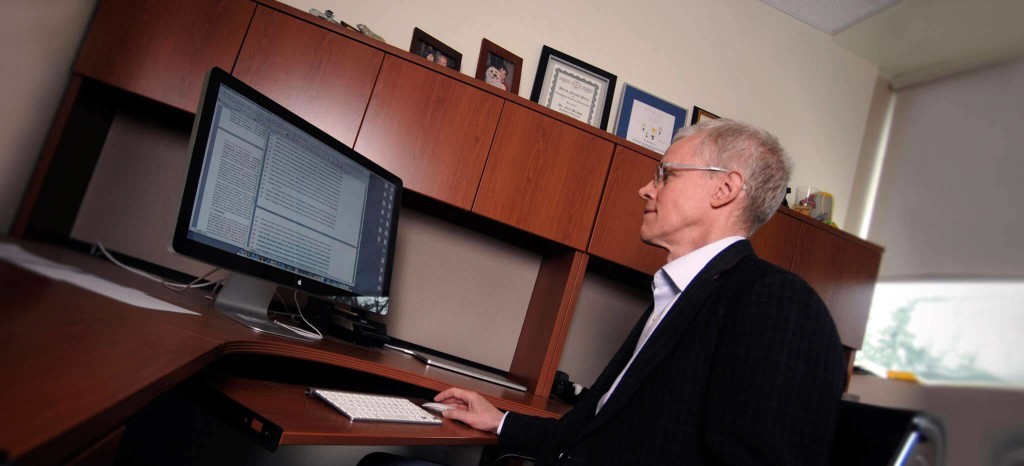
The idea of using drug synergy to fight superbugs probably came about over a beer. The idea for drug synergy is that a non-antibacterial drug can potentiate the effect of an existing antibiotic when applied simultaneously. Take Pseudomonas infection for example, which are resistant to many antibiotics. We looked into a collection of more than 1,000 off-patented drugs for molecules that would potentiate Minocycline, which is the tetracycline molecule, a relatively poor antibiotic against Pseudomonas infection. We discovered that Imodium would act synergistically with Minocycline against Pseudomonas infection.
Science is so incremental and so frustratingly slow, but it really does feel as though we are pushing things forward in the right direction.
There is an infectious disease clinician in California who has been prescribing tetracycline along with Imodium for years to patients who have gastroenteritis. Suddenly our work has helped him make sense of it.
Our work certainly attracts interest in the pharmaceutical sector. They seem to follow our work extremely closely, the way people follow baseball in North America. I think that’s really where the rubber hits the road. We’d like to know that ultimately our staff is pushing things ahead, and it certainly feels as though we are.
There is no other instrument out there that can pin colonies like this thing can pin, which allows us to do chemical genomics just like nobody’s business.
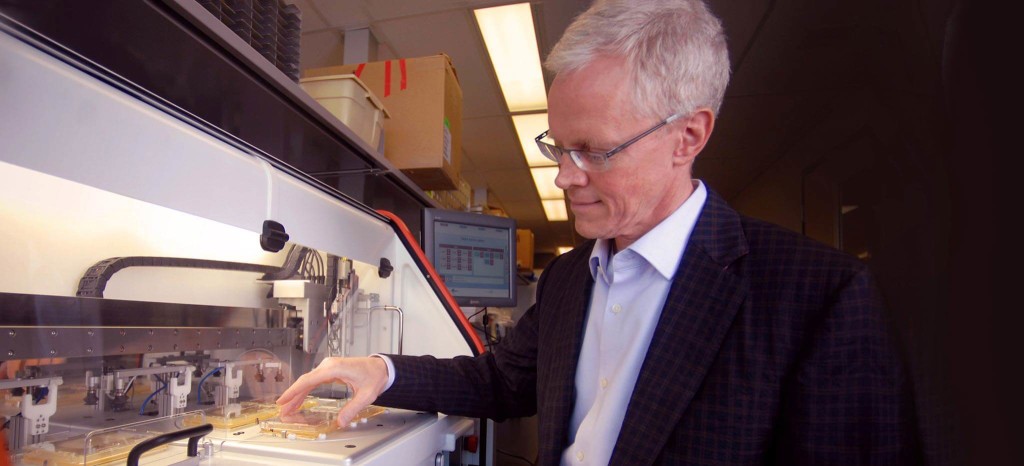
It is a pleasure to work at the Michael DeGroote Institute for Infectious Disease Research (IIDR). It’s a multi-disciplinary team of more than 400 researchers from different backgrounds. In particular, the IIDR has incorporated lots of infectious disease clinicians. Having clinicians on board is a key touch-down for me because I get to meet regularly with clinicians and make sense of what the medical need is. Some of our best work has been done in collaboration with other groups here at IIDR.
We’ve built some infrastructure at IIDR for high-throughput screens, which is unlike what you would see in small biotech companies. We’ve got a really robust platform of pinning deletion or expression clones. We’re monitoring the growth of those pinned strains at as high as 6144 density using the ROTOR+. I just love the fact that my students are hands-on with the robot, which makes them more in touch with the experiments they are doing.
I am fortunate to work with an extraordinary group of young researchers who do some of the most amazing work. They have a great deal of pride in what we produce as a group. I’m tremendously interested in their careers and their success when they move on, which just makes for a really amazing work environment. It really is a privilege that I constantly have fresh and bright young people coming in with new ideas.
Being a scientist is the greatest job in the world.
Looking for screening tools to accelerate your research?
ROTOR+: the only microbial screening solution capable
of pinning a million colonies an hour.